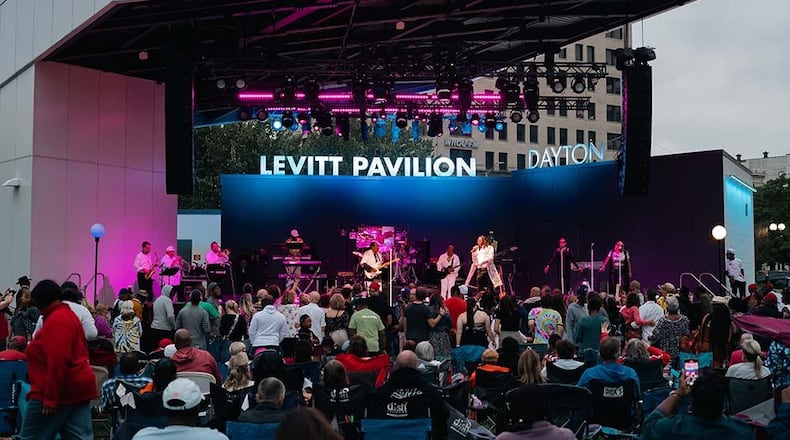Read three contributors discuss the importance of these third places in the Dayton region and where you can go to find meaningful social connections in your community.
Credit: Tom Gilliam
Credit: Tom Gilliam
Find, nurture ‘third places’ in your community
“How can we as individuals ensure that everyone has access to thriving third spaces? Through my work over the last six years with the Levitt I’ve learned it comes down to being intentional with two things: people and partnerships.
First, we must get to know each other on a personal level. Intentionally seek out people you wouldn’t have interacted with before and get to know them. This helps us break down our own implicit biases and then allows us to listen to understand. Maybe we are creating our spaces in a way that is making a group in our community feel unwelcome or uncomfortable. We won’t know until we ask and truly listen.”
- Read more from contributor Madeline Hart
Summer is the season of outdoor third places
“Places of worship, coffee shops, neighborhood bars – these can all be considered third places, but many may not consider nature as a go-to space for community connection. As an introvert who often has to “extrovert,” nature has always been my preferred space where I can go to disconnect and decompress from being around people. However, I admittedly leaned a little too much into my introversion during the pandemic.
America’s loneliness epidemic is well-documented and pre-dates the pandemic, leading the United States Surgeon General to issue warnings that feelings of disconnection can increase risk of heart disease, stroke and dementia. Understanding these negative outcomes and that being present in nature can often reduce the risk of these same diseases, I made an effort to connect with people in the places where I feel the most comfortable – our region’s parks.”
- Read more from contributor Lauren Lemons
Credit: Tom Gilliam
Credit: Tom Gilliam
Coffee shops create space for community and collaboration
“The notion of a coffeehouse embodies so much more than what might be served. It is the smile of the barista who knows your order. It is the stare of a stranger across the room that later becomes a friend. It is the world that you view out the window from inside as you sip your java. If you’re lucky, it feels like home.”
- Read more from contributor Juanita-Michelle Darden
About the Author




